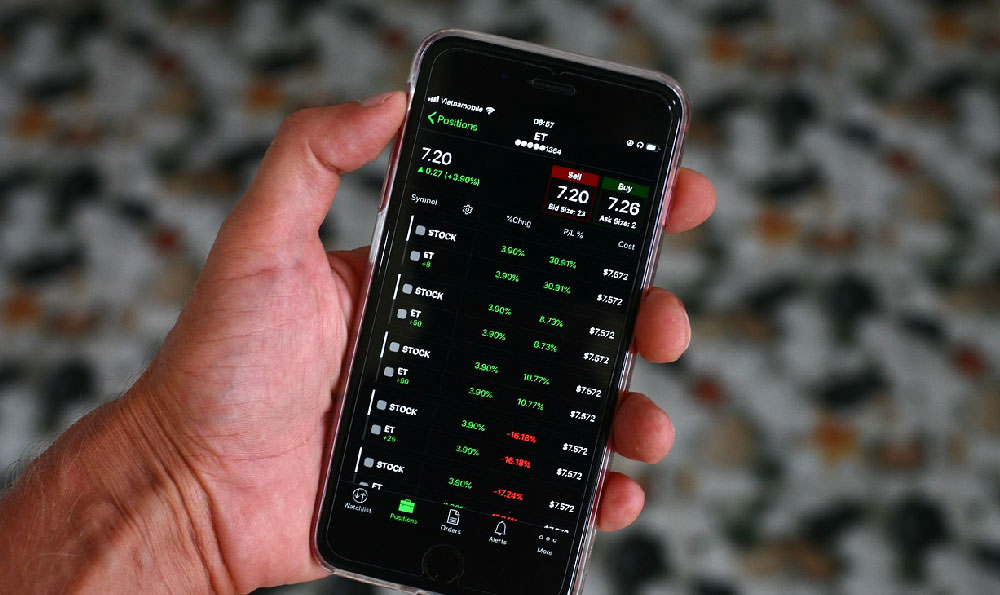Cash App, developed by Block, Inc. (formerly Square, Inc.), has rapidly evolved from a simple peer-to-peer payment service to a comprehensive financial platform. Understanding its revenue streams and profitability is crucial for evaluating the company's financial health and future prospects, especially for investors considering Block's stock or users relying on the platform. While Block reports overall financials, pinpointing the exact profitability of Cash App specifically can be challenging due to shared infrastructure and allocated expenses within the parent company. However, we can analyze its various revenue generation methods and infer its profitability based on available data and market trends.
The cornerstone of Cash App's revenue model is transaction fees. While sending money to friends and family using a linked bank account or Cash App balance is generally free, instant transfers to a linked debit card incur a fee, typically ranging from 0.5% to 1.75% of the transfer amount, with a minimum fee of $0.25. This convenience of immediate access to funds is a significant driver of revenue, particularly for users who prioritize speed over cost. The volume of these instant transfers is substantial, contributing significantly to the platform's transaction-based income.
Beyond peer-to-peer transactions, Cash App generates substantial revenue from its Cash Card feature. This customizable debit card, linked directly to the user's Cash App balance, allows users to spend their funds anywhere Visa is accepted. Every time a user uses the Cash Card, Cash App earns interchange fees – a small percentage of the transaction amount charged to the merchant. The widespread adoption of the Cash Card, coupled with the increasing number of businesses accepting card payments, makes this a stable and reliable revenue stream. Furthermore, Cash App frequently offers "Boosts" – instant discounts or cashback rewards on purchases made with the Cash Card at participating merchants. While these Boosts appear to reduce revenue, they are often subsidized by the merchants themselves, who see value in attracting Cash App users to their businesses. In some cases, Boosts may even drive higher transaction volumes, ultimately increasing interchange fee revenue even after accounting for the discount provided.

The platform also offers a robust Bitcoin trading service, enabling users to buy, sell, and hold Bitcoin directly within the app. Cash App charges a small fee, or a "spread," on these Bitcoin transactions. The spread is the difference between the price at which Cash App buys Bitcoin and the price at which it sells it to users. Given the volatility and popularity of Bitcoin, this revenue stream can be substantial, especially during periods of high trading volume. While this avenue presents opportunities, it also poses risks. Fluctuations in Bitcoin prices can impact trading volumes and potentially lead to losses if Cash App is holding significant inventory of Bitcoin. The regulatory landscape surrounding cryptocurrencies is also constantly evolving, adding another layer of complexity to this revenue stream.
Investing in stocks directly through Cash App represents another key revenue generator. Similar to Bitcoin trading, Cash App charges a small spread on stock transactions. This feature democratizes access to the stock market, attracting a younger and more tech-savvy demographic. The simplified trading interface and fractional share purchases make investing accessible to users with limited capital. However, the profitability of this feature depends on the volume of trades and the level of competition in the brokerage market. Attracting and retaining users in the long term requires competitive pricing and a robust investing platform.
Business accounts within Cash App present another avenue for revenue. Businesses can use Cash App to accept payments from customers, and they are charged a fee for each transaction. This makes Cash App a convenient and affordable payment solution for small businesses and freelancers. The fee structure is transparent and predictable, making it easier for businesses to manage their finances. As the number of businesses using Cash App grows, this revenue stream is likely to become increasingly significant.
Analyzing Cash App's profitability requires considering both revenue and expenses. While specific figures are often bundled within Block's overall financial statements, key expense categories include transaction processing costs, customer support, marketing and advertising, and technology development. Transaction processing costs are a direct result of payment processing fees and network charges associated with facilitating transactions. Customer support is crucial for maintaining user satisfaction and resolving issues. Marketing and advertising are essential for attracting new users and promoting the platform's features. Technology development is necessary for maintaining a competitive edge and introducing new features and services.
It's highly probable that Cash App is profitable, or at least approaching profitability, considering the diverse revenue streams it has cultivated and the scale it has achieved. The continuous growth in users and transaction volume suggests that the platform is generating substantial revenue. However, profitability can fluctuate depending on factors such as marketing spending, technology investments, and changes in the competitive landscape.
Looking ahead, Cash App's profitability will depend on its ability to continue innovating, attracting new users, and expanding its range of services. Potential growth areas include expanding into new markets, offering more sophisticated financial products (such as loans and insurance), and integrating with other Block ecosystem offerings. Maintaining a strong focus on security and regulatory compliance is also crucial for protecting users' assets and maintaining trust. Competition from other payment platforms and fintech companies is intense, so Cash App must continuously adapt and evolve to remain a leader in the digital payments space. The future of Cash App hinges on its capacity to leverage its existing user base, develop innovative solutions, and navigate the ever-changing financial landscape.












